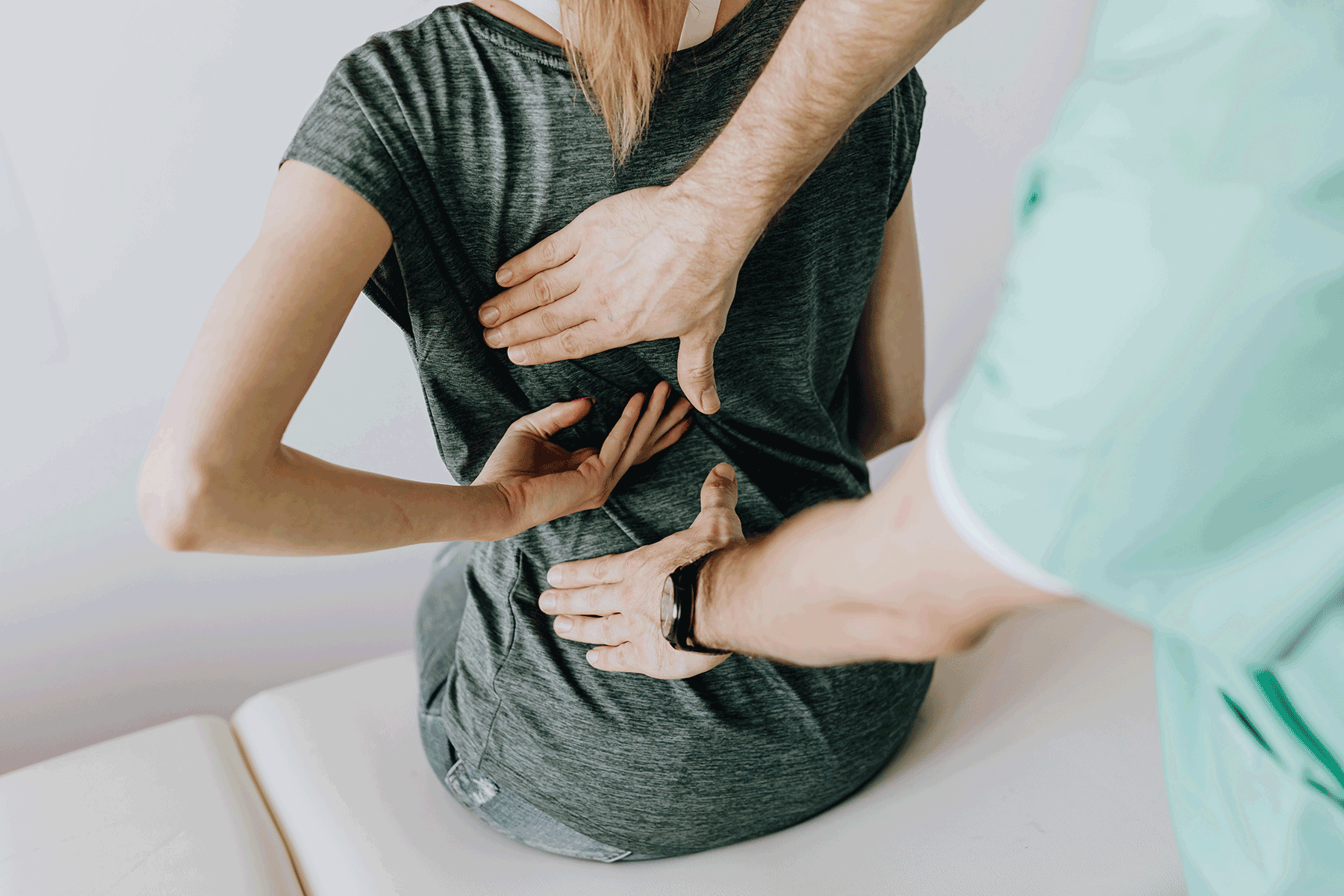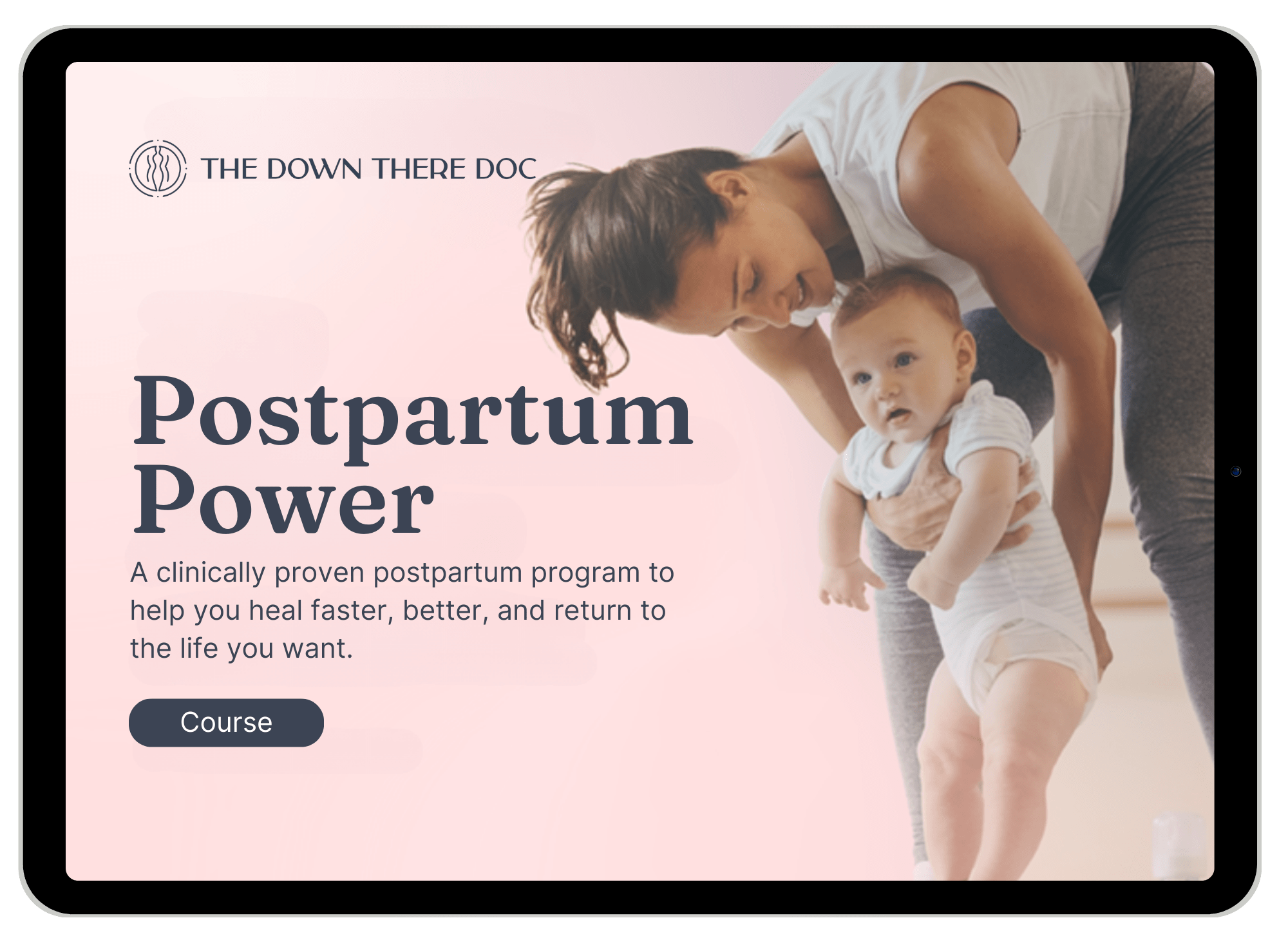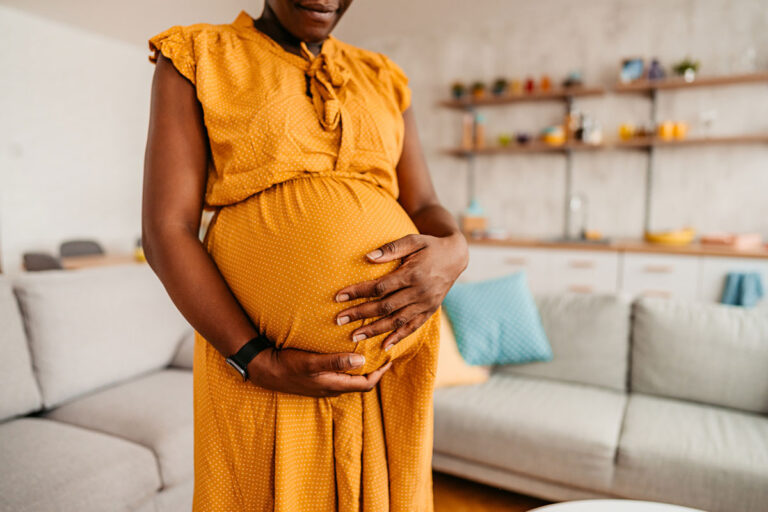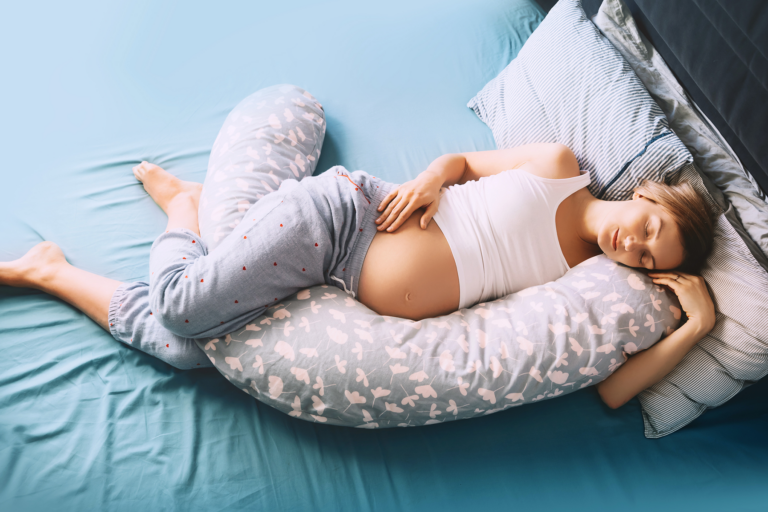Pregnancy and pelvic pain go hand-in-hand. Here are the 5 most common types of pain birthing persons experience and some tips on how to manage and heal.
See Also

Low Back Pain
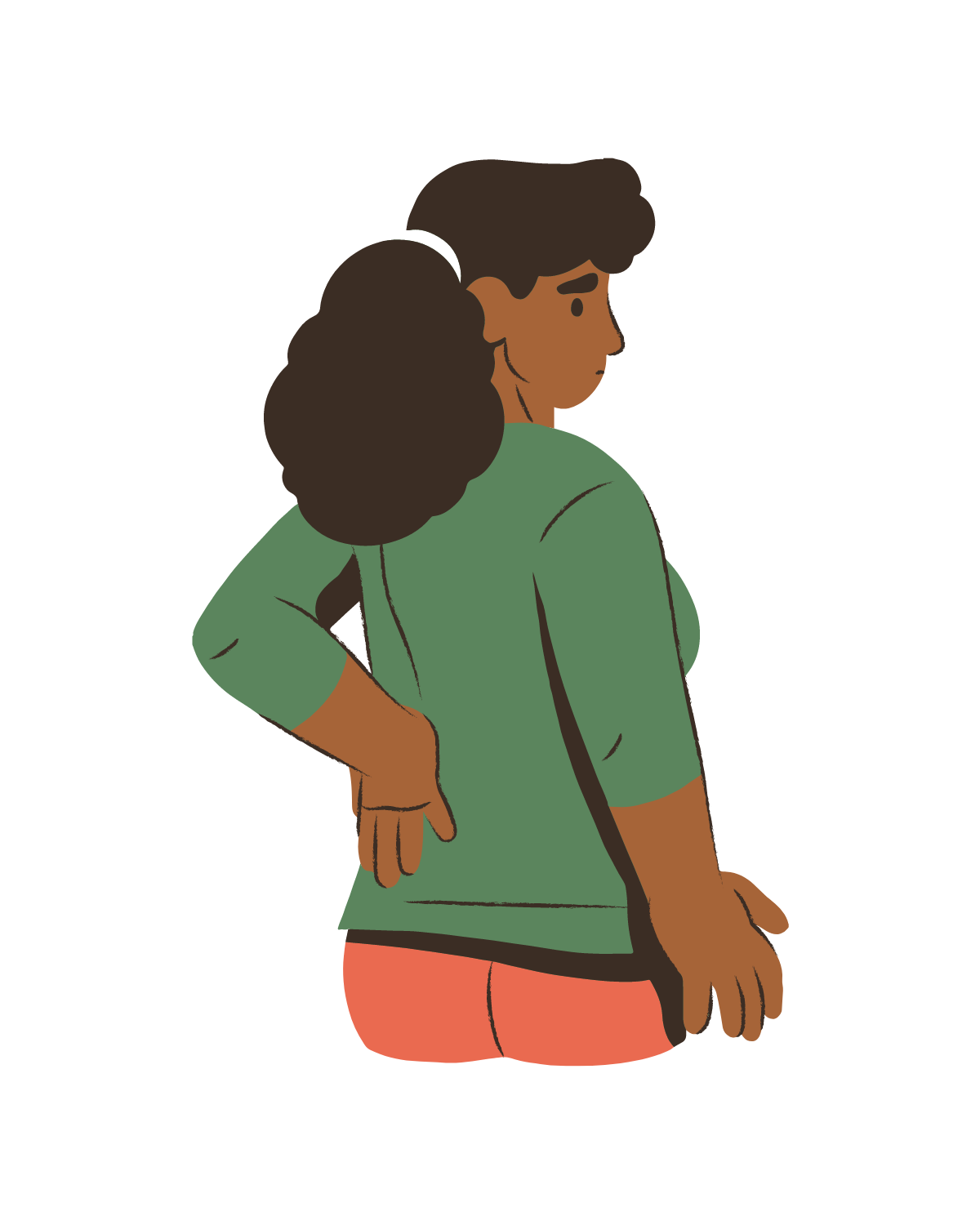
It seems low back pain and pregnancy go hand in hand, and it’s no wonder! Being pregnant puts a lot of stress on ALL parts of your body, but it seems the low back gets the worst of it!
But rest assured, there’s a ton you can do during your pregnancy to mitigate this pain. If you’ve been told you just have to deal with it until the baby is born, I’m here to tell you that’s baloney.
During pregnancy, in order to accommodate the growing baby and uterus, our spine has to curve a bit more than our bodies are used to. We have a normal curve in our low back, called a lordotic curve, which is like a “C” shape. During pregnancy, because the baby is in front of the spine and is pulling our center of gravity forward, that curve becomes more exaggerated.
This can cause soreness on the joints of the spine (because they’re being smushed) as well as muscle soreness back there. Low back muscles are working SO hard during pregnancy to hold you upright, and they aren’t that big so they can get sore and tired! Unfortunately, it’s often possible to have a combo of muscle soreness AND joint pain.
I always say, “The pelvic floor is the floor of the core,” and if your low back is sore or the joints are becoming squished, it can affect how your pelvic floor muscles are working as well! They can get tired, tight, and sore, just like your low back muscles because they are working overtime during pregnancy.
Sciatica
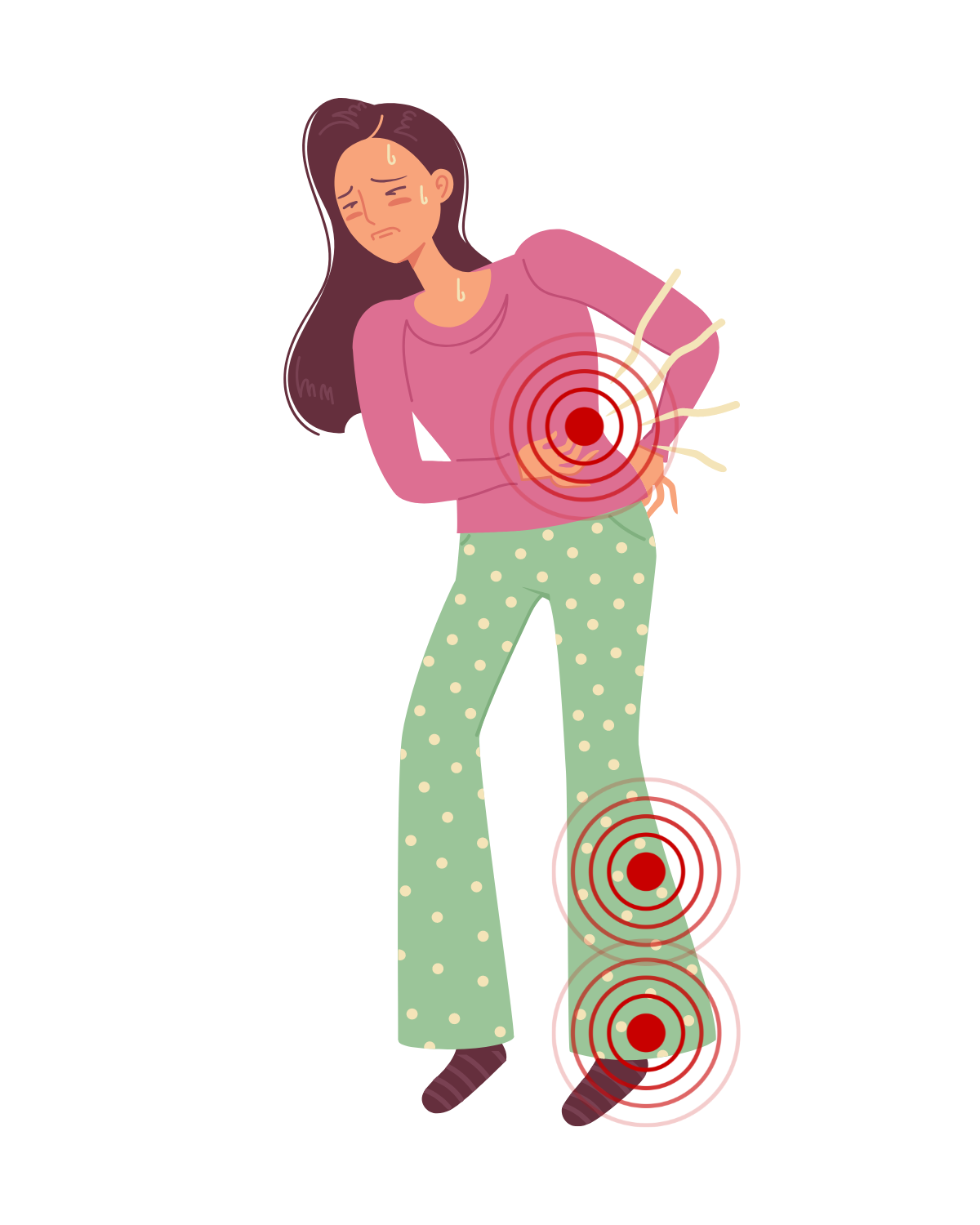
Sciatica is one of the most common diagnoses that pregnant women with back pain get. But guess what? It’s RARELY the sciatic nerve that is the culprit. The sciatic nerve is a big, thick nerve that comes out from your spine, travels under a hip muscle, and goes all the way down the back of your leg into your foot.
So if a pregnant woman reports butt pain, or back leg pain (think thigh pain), usually it’s automatically labeled as sciatic just because the location of the pain is where that nerve is.
BUT usually, it’s not the sciatic nerve being “entrapped.” If it were, the usual symptoms are sharp, lightning-bolt-level pain that travels alllll the way down to the heel, or at least past the knee.
In pregnancy, the pain is usually from the pelvic girdle, low back, or sacroiliac joints and surrounding muscles, which just happen to be surrounding the sciatic nerve. Sure, the nerve can be irritated as a component of the pain but, generally, it’s not the culprit.
Symphysis Pubis Dysfunction (SPD)
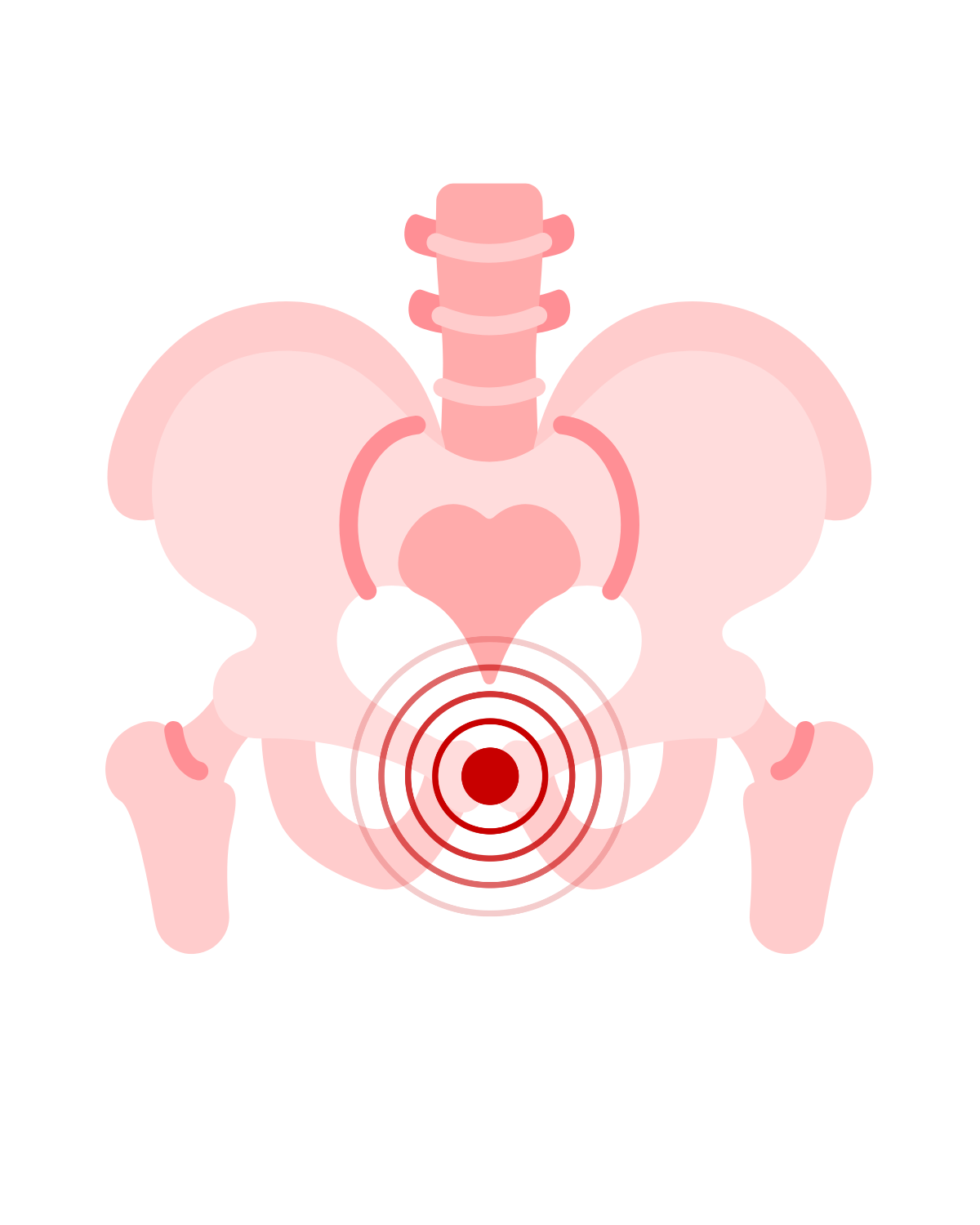
SPD is a doozy and can really make life miserable for anyone who has it. The Pubic Symphysis is the joint in the front of the pelvic girdle, that sits right under your pubic hair. It’s where the pelvic girdle connects, per se. There’s a big piece of cartilage that sits where the 2 bones meet, and it helps cushion the joint and helps the PS move up and down and side to side while moving and walking.
During pregnancy, that joint widens, due to hormones and mechanical stress from the pregnancy. This can cause a lot of pain and pressure if the joint moves too much, or if there’s an overuse or muscle strain of the inner thigh muscles (they hook onto the sides of the joints).
A lot of women feel a sharp pain when they try to walk upstairs, get in the car, roll over in bed, or step into the shower or bath. It can lead to achiness throughout the day, along with sharp pain with movement.
Hip Pain
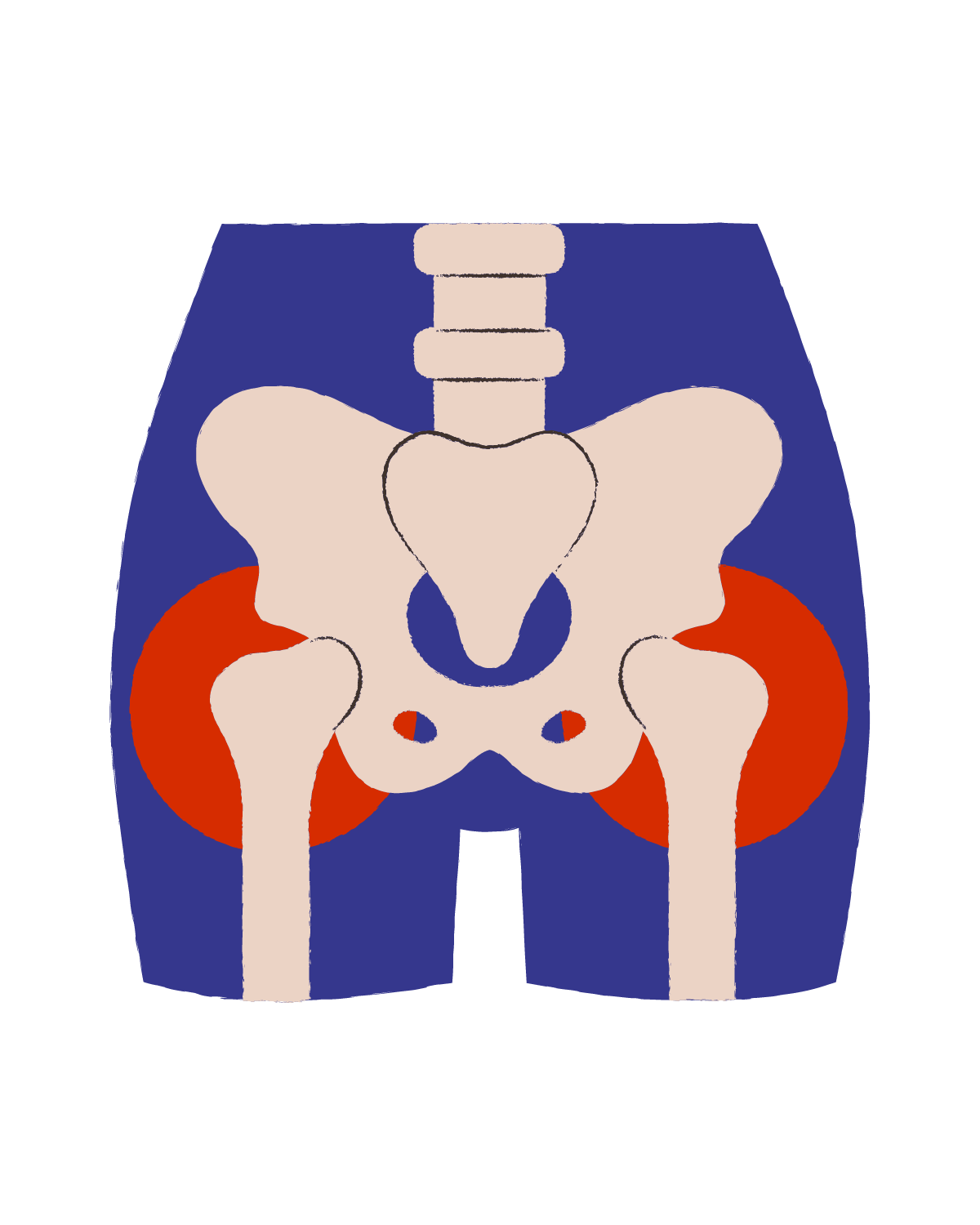
Hip pain is also very common. It’s important to figure out if it’s the actual hip joint or the hip muscles surrounding the joint causing the pain. In many cases, there is localized hip pain from laying down on one side, in bed. This can put pressure on the bony part of the leg bone near the hip joint, making it sore and tender.
Another common reason for hip pain can be related to the SIJ which I’m going to explain in the next section. When we are talking about pelvic girdle pain in pregnancy, usually we see a combo of all these issues. The pelvic girdle bones are similar to the jaw in that they are a ring, so one side usually affects the other side. So if one hip is hurting then that may influence how another hip is as well.
SI Pain
SIJ or sacroiliac pain is what I see most often in my practice, and we often name this “posterior pelvic girdle in pregnancy” or “PPGP.” The SI joints are located right above your tailbone, where the pelvic ring comes into contact with the sacrum, a wedge-shaped bone. There are many ligaments holding that joint stable and those ligaments, and the joint itself can be a major source of pain.
During pregnancy the entire mechanics of the spine and the pelvic girdle change due to hormones, the growing baby, the center of gravity changing, and sore muscles. This affects how joints move and, oftentimes, the SI joints can be “stuck” in one position. This makes everyday things like walking, getting up from sitting, rolling over in bed, and bending over painful and difficult. SIJ pain is generally one-sided and can travel down the leg which is why it’s often misdiagnosed as sciatica.
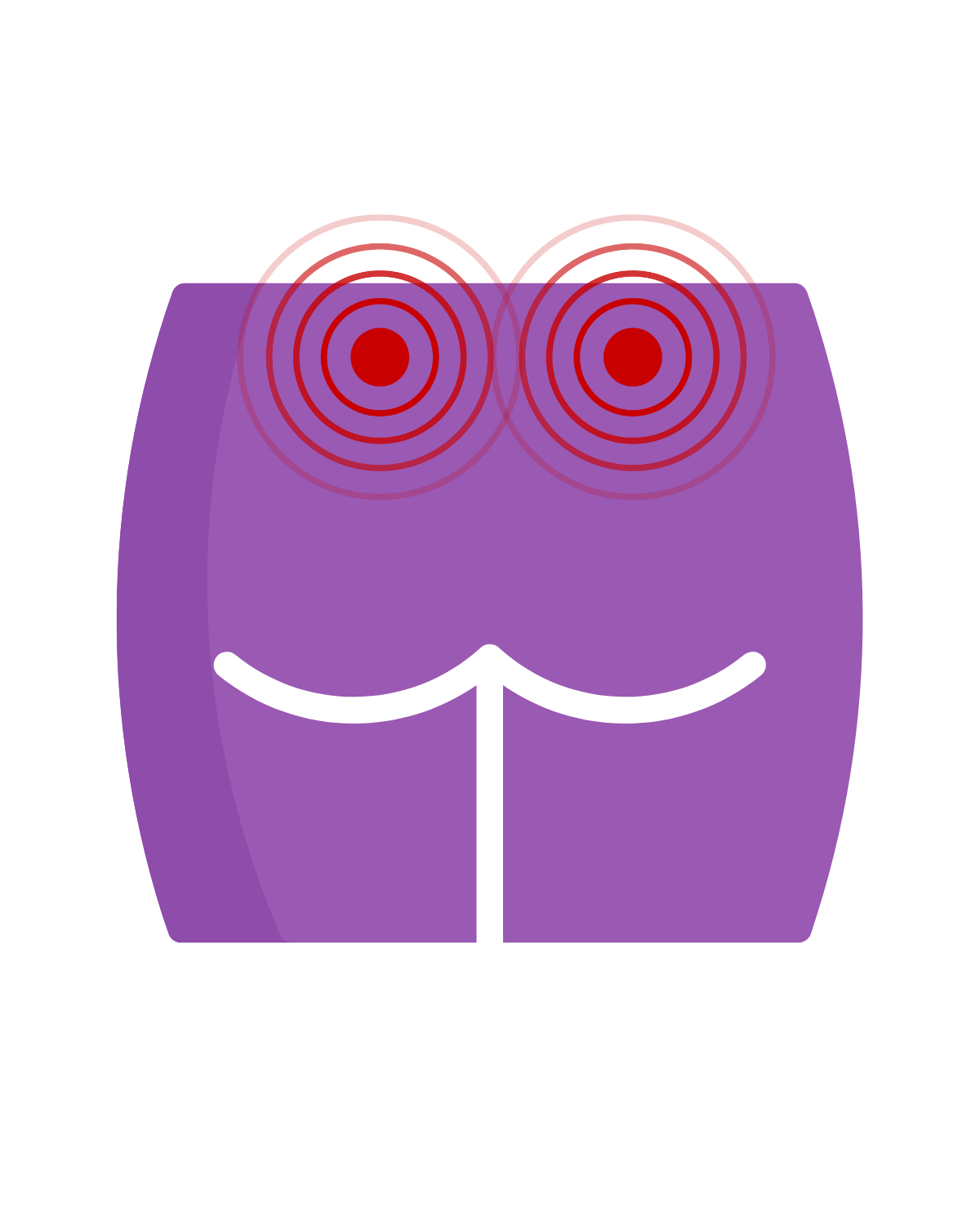
Pain Management and Healing
Things you can do at home to help:
Remember that your muscles and joints are going through a lot during your pregnancy! Utilize rest, compression, ice, and gentle movement.
Compression belts like the Serola are great for pelvic pain, as they are thin and support the pelvic girdle joints.
Icing your low back, SLJ, hips, and pubic symphysis can be so helpful in decreasing swelling and pain. For 10 minutes or so, place a bag of frozen peas draped over the joint!
Continue to exercise like you normally do if it’s not painful, otherwise modify your routine to include gentle movement and stretching focusing on moving the pelvic girdle. Think about hula hoop motion while sitting in a ball, and forward and backward tilting. Check out this IG post for a quick hack to reduce pain while standing!
When efforts on your own aren’t enough
It’s always appropriate to see help from a pro (like me!) if you’re experiencing any sort of pain or issues in your pelvic girdle or back during pregnancy. Don’t settle for, “It’s just because you’re pregnant. Deal with it!”
If at any time you feel like it’s a problem for you, then it’s valid to seek professional help so you feel your best and keep moving during your pregnancy. You’ve got labor coming up, we can’t have you worried about hips or SIJ pain!
Here’s how we can help:
Schedule a virtual session to talk with a pro on The Down There Doc team. You’ll get an individualized program with your specific goals and needs in mind. This is a great affordable option for anyone who can’t get into in-person pelvic PT.
Join our online program and community! In addition to getting live Q+A sessions, community support, AND an amazing birth prep and recovery program, you’ll have daily access to me and my team for help along the way
Remember, pain during pregnancy is common, but NOT NORMAL and you don’t have to hobble around feeling crumby for those special 9 months. You deserve better than that!

